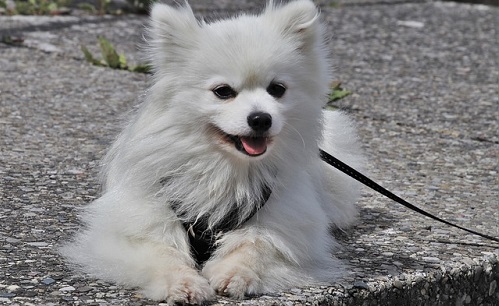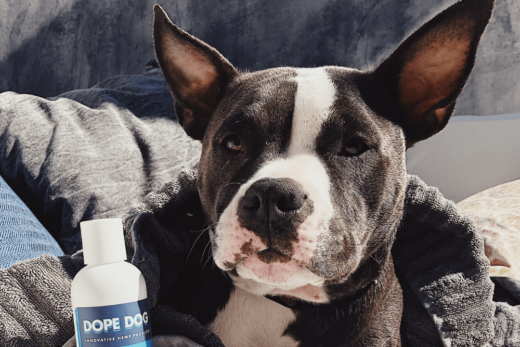If you have ever wondered, “How long should my dog’s nails be?”, you are not alone. Although it may not be the first thing that is considered when grooming one’s pet, dogs require nail maintenance just as people do. Depending on his lifestyle, breed, and age, the length and condition of a dog’s nails may change throughout his lifetime. However, it’s imperative for dog parents to routinely maintain the dog’s claws, as keeping them properly trimmed will keep him feeling healthy, happy and pain-free. Whether done at home or at the vet, good nail-grooming practices are a great habit to get into for dogs of all ages. This article will address nail maintenance tips for dog owners and other helpful guidelines for grooming your pup’s paws.
How Often Do I Cut My Pup’s Nails?
 While there are many dogs who dislike having their nails cut or even handled, there are just as many pet parents who grow anxious at the thought of having to do this seemingly-daunting task. And while it may be a fairly routine with some pets, with other dogs, it might require the assistance of a professional groomer. Most experts agree that if the nail-trimming routine starts at a young age, the owner goes slowly and avoids hitting the nail’s nerves/blood supply and it happens on a regular basis (so that the dog gets used to it), the overall experience should become fairly routine and stress-free for both the dog and his humans.
While there are many dogs who dislike having their nails cut or even handled, there are just as many pet parents who grow anxious at the thought of having to do this seemingly-daunting task. And while it may be a fairly routine with some pets, with other dogs, it might require the assistance of a professional groomer. Most experts agree that if the nail-trimming routine starts at a young age, the owner goes slowly and avoids hitting the nail’s nerves/blood supply and it happens on a regular basis (so that the dog gets used to it), the overall experience should become fairly routine and stress-free for both the dog and his humans.
Regardless of the specific grooming routine, there are certain key items that affect a dog’s nail growth and nail-trimming requirements. These include:
- Age: A dog’s age will determine how much they wear down – and thus how often they need to be trimmed. For example, a geriatric dog may favor walking on the grass or softer surfaces, thus rendering his nails only gently worn down. On the other hand, a younger pooch who prefers to play outside on hard surfaces or go on long walks is likely giving his paws a good work-out, which will require a proper trim. If a dog’s claws get too long, it can actually put pressure and pain on his toes and paws; overgrown nails are also prone to canine bacterial infection and splitting. They can also put undue strain on a dog’s legs and impede his posture, so be sure to keep a dog’s nails at the correct length and his claws well-trimmed.
- Health Conditions: For dogs who have preexisting health conditions or issues, such as fungal infections, autoimmune disorders, and canine tumors, it can impact the growth rate and overall health of their nails. The causes of canine claw and nail disorders can vary a great deal, ranging from genetics and nutrition to viruses and environmental factors. In turn, such nail problems also determine maintenance and grooming routines, as the site of some diseased claws and nails are too painful to cut or tend to at home, and therefore require a professional trimming by either a groomer or vet’s office.





